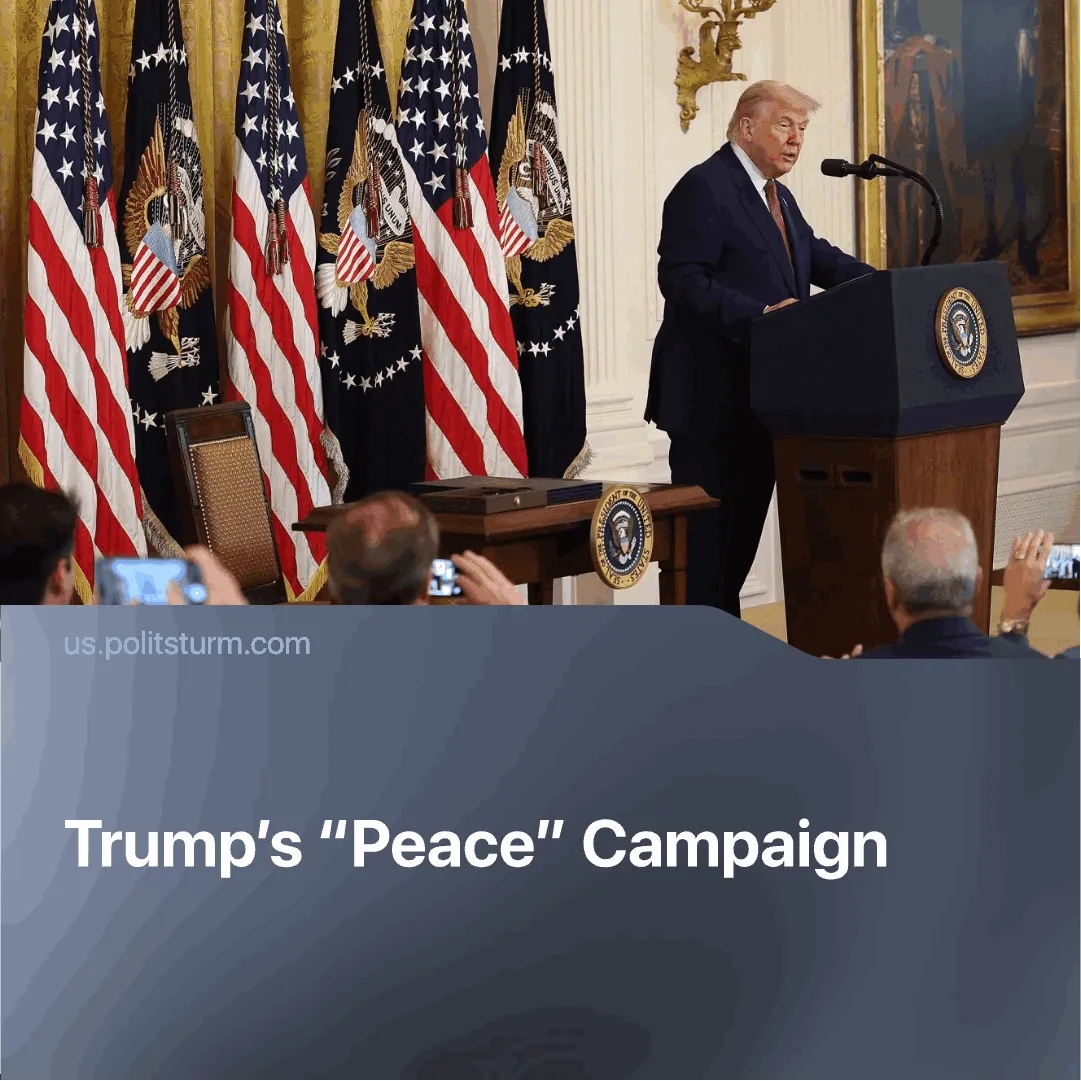Trump has frozen five conflicts in the past six months to focus on fighting China.
Details. From the start of his term and throughout his campaign, Trump emphasised “conflict resolution”, declaring in his inaugural address: “My proudest legacy will be that of a peacemaker and unifier.” Later Trump told the Norwegian minister he wanted the Nobel Peace Prize. However, all the conflicts he dealt with were frozen, and not resolved.
► Following US-Israeli strikes on Iran’s nuclear sites and commanders, Trump claimed the program was destroyed and imposed a fragile ceasefire.
► On 7 May, India and Pakistan exchanged fire in Kashmir. The US pushed both sides into a truce by 10 May.
► On 28 May, clashes on the Cambodian-Thai border displaced 300,000. The Cambodian Prime Minister praised Trump’s ‘decisive’ role in the ceasefire, which Trump announced by declaring both countries had reached ‘CEASEFIRE and PEACE.’
► Trump spearheaded a fragile peace agreement between the Democratic Republic of Congo and the Rwanda-backed M23 militia, hailing it as a ‘glorious triumph.’ The agreement grants the US access to vast critical minerals in the Congo.
► In August, Armenia and Azerbaijan signed a deal to end the 37-year Nagorno-Karabakh war. The US gained exclusive development rights over the Zangezur corridor, replacing Russia's control over it.
► The Trump administration has aimed to settle the conflict in Ukraine, most recently with talks in Alaska with Putin. Both sides have offered mineral and economic deals.
Context. Despite peacemaking efforts, Washington has passed the largest military budget in history for 2026 — over $1 trillion — with Pentagon officials stating that cutting back commitments in the Middle East and Europe is necessary to focus on the Indo-Pacific.
► America’s dominant financial position — including control over the global reserve currency through SWIFT, which accounts for 50% of international transactions — has allowed it to impose tariff diplomacy worldwide. The goal of the tariffs is to tighten nations closer to American sphere of influence and constrain China’s worldwide reach and markets.
Important to Know. From the 1990s through to the 2010s, the Western bloc waged wars on favourable terms. Today, with China’s rise as a major capitalist power, nearly every regional conflict pits Western and Chinese interests against one another, even if the PRC is not directly involved in them.
► For Washington, ceasefires are necessary to stop spending resources on secondary "points of interest" across the globe. America needs a short period of stability to rearm itself and prepare for a potential future conflict with China.
► Right now neither bloc is prepared for full-scale war. US capital still relies on Chinese production. China relies on global exports and American market as well. Ceasefires and deals in Ukraine and Congo secured important resources for the Western bloc and shrunk Chinese export markets, worsening China’s crisis of overproduction.
► Trump’s “peacemaking” aims to sustain America’s image as a hegemon of ‘peace and democracy’, concealing rising domestic class contradictions with a surge of national pride. This propaganda is decisive in securing consent for imperialist war, making it urgent for communists to expose and combat these illusions.


